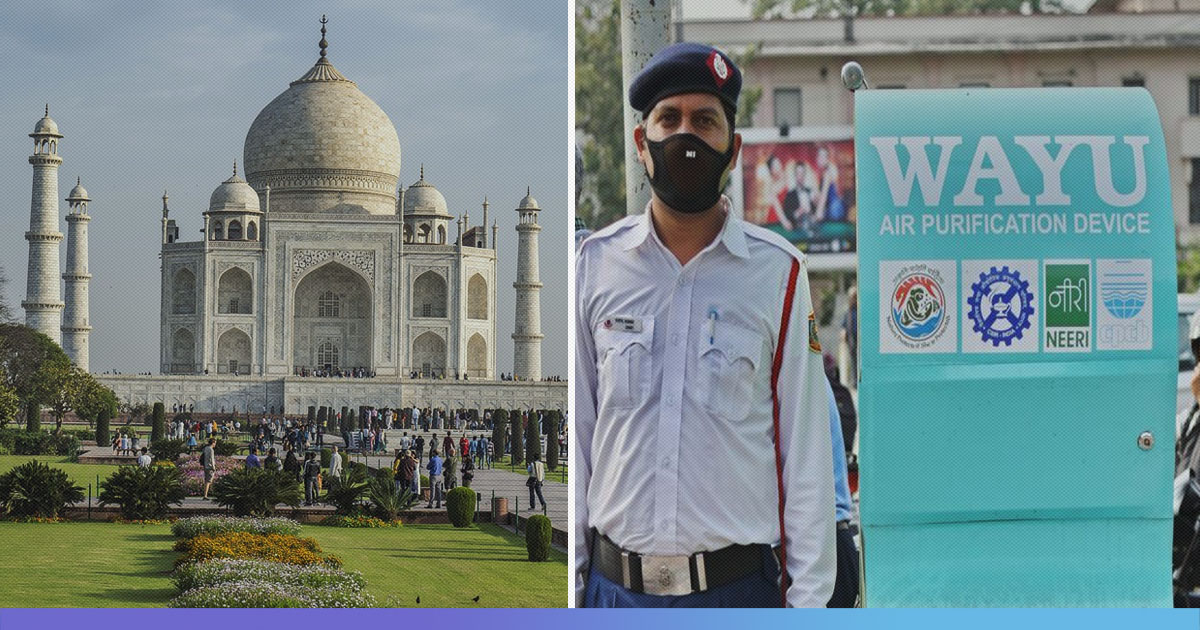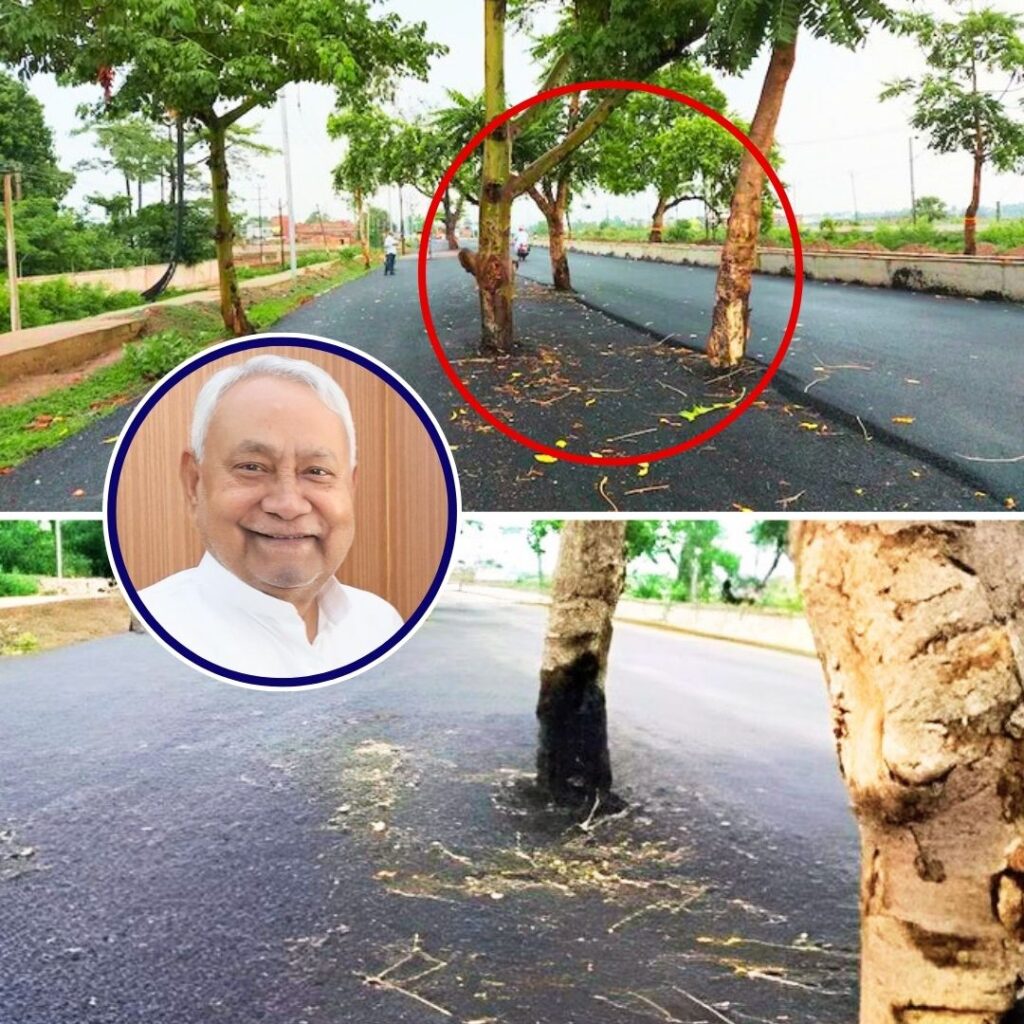Alarmed by the increasing air pollution in the North, Uttar Pradesh Pollution Control Board (UPPCB) on November 5, deployed two air purifier vans at the gates of the Taj Mahal.
The purifier vans deployed have a capacity to purify 15 lakh cubic meter air within a 300-metre radius in 8 hours duration.
A visible layer of smog as a result of hazardous air pollution was observed to be spreading to other parts of North India from Delhi. Air pollution peaked in the national capital and surrounding cities over the last week after Diwali. Experts and politicians pinned the blame on stubble burning for the deteriorating air quality.
The Taj Mahal which is around 245 km away from Delhi towards the South is also feeling the heat. The marble of this mausoleum is of crystalline composition that can easily allow the light to enter into it. This makes it susceptible to the changing conditions in the atmosphere.
Built-in the 17th century by Shah Jahan, the Taj Mahal was certified as a world heritage site by UNESCO in 1983. It attracts tourist footfall around 80 lakhs per year with foreign tourists coming around 8-9 lakhs.
This is not the first time that the Agra District Administration has taken steps to minimize the effects of pollution. The government has been taking various measures to make amends to the depreciating marble quality of the monument.
The yellow stains, fungal patches, small holes, and discolouration have started to appear for two decades now. These deficiencies were tried to cover up with cleaning and mud-packing treatments.
The first mud-packing treatment, which is similar to what is done to the human skin, was done in the year 1994 followed by a few more coats in 2001, 2008 and 2018. This “face-lift” procedure is just a temporary solution to the creeping effects of pollution.
The monument lies in the semi-arid zone area where temperature touches upto 50-degree celsius in the summer. In the past, the trees around the monument have been ruthlessly cut down in the name of industrialization.
Also, the Taj Mahal is constructed on the banks of the river Yamuna. The water pollution as a result of reckless human activities has added to the deterioration of the marble condition. The unclean waters around the monument attract millions of mosquitos that end up depositing faeces and green substance during mating on the walls of the monument.
The Supreme Court of India in 2015 ordered the Archeological Survey of India (ASI) to work on the green corridor around the Taj Mahal. Due to unavailability of resources, as UP Horticulture Department said, the initiative was delayed and fortunately got kick-started this year.
It took more than a decade to resurrect a project that uses green cover to minimize the pollution deposited by the river and air pollution.











